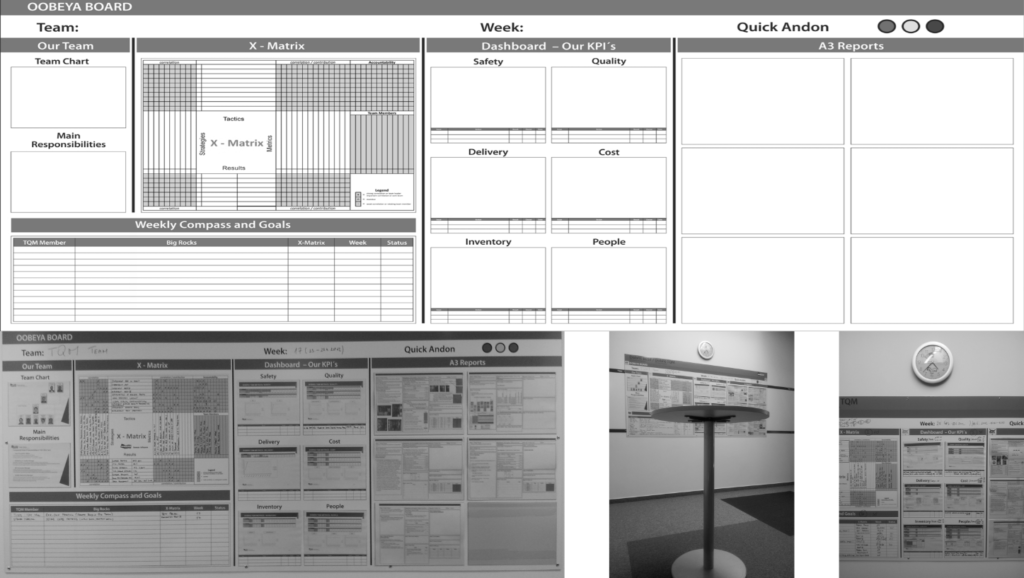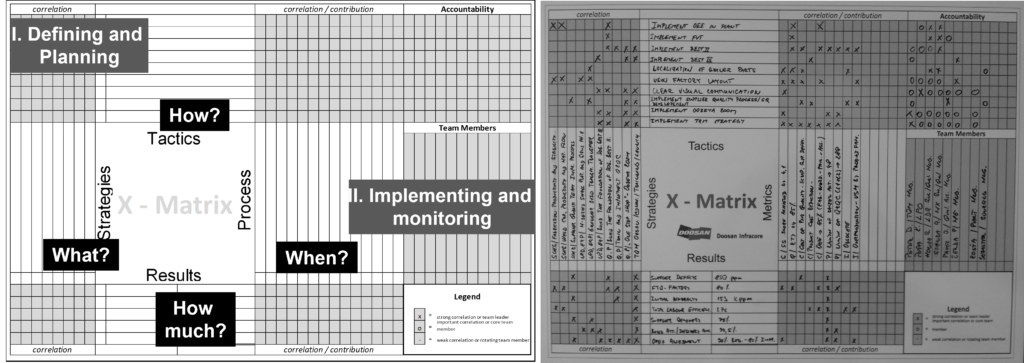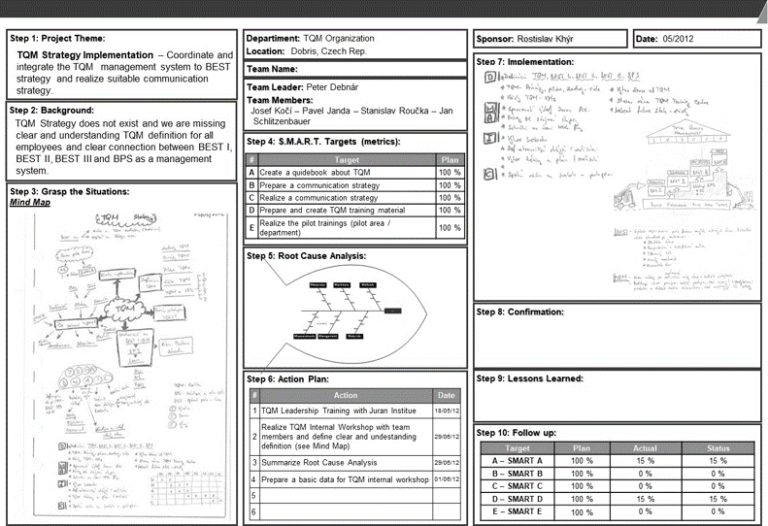As you know most organizations have two worlds like an iceberg in the sea. The first world is visible for us but be careful because we only see the tip of the iceberg. In this world, you can see the visualization, information flow, good horizontal leadership, you know who your customer is, and you have clear information about processes, roles and responsibilities.
On the other hand, the huge part of this iceberg is hidden from us – it is our second world. You can find a lot of waste here, the unused capacity of people or processes, no visibility and no visualization. This second world has resulted in high costs, inefficient processes and low culture of realization. You can eliminate these reasons very well in the business and operations by using your production system or philosophy, and you could be very good in shopfloor visualization, information flow and governance.
The second world indicates you how important is to have your strategic initiatives under control and to have your own management system. I have had very good experiences with the principles of the Oobeya Model for this.
What is Oobeya Room?
Oobeya is the Japanese word for a room with a big view or in other words a “big conference room”. This concept was developed in Toyota in the 1990s. The first application was used in their R&D centre when Toyota developed the first Prius model. Result of this application was a reduction of 50% time to market. Oobeya Model has been used in administrations, services and operations during the last 5 years.
The Oobeya Room is based on a simple idea – dedicate time and space to view, report, visualize, co-ordinate, problem-solve and focus on our key initiatives which support company KPIs. You built-up this model because you need to:

The basic principles and rules of the Oobeya Room are:
- It is a team activity
- Do it regularly once a week
- It is a stand-up meeting
- All key information has been visualized on the board
- Use PDCA cycles
- Be open-mined
- It is not about information – it is about the solution
How to use the Oobeya Room?
The process of management policy can be understood as an effort to manage or control change to facilitate organizational effectiveness. Use the Oobeya Room Model to monitor and follow up on your implementation activity.

As you were able to read before, the Oobeya Model is a team meeting, which has these goals:
- Present the actual information
- Present the new steps and activities which we did or will do
- Present the actual state of KPIs
- Set-up the “big rocks” – What we will do next week, what is the most important activity (only one!) for me and my team
- Plan out the week
What tools do you use?
We use four basic tools which help us to develop our Oobeya Room. There is the visual board, X – Matrix, A3 Report and visual management. I have shown you the visual board and visual management in the first part of this article.
The X-Matrix is a visual tool for planning which links high and low action (defined based on company KPIs) with people and results. As you can see on the figure below, the X-Matrix consists of four main parts – strategies, tactics, processes and results.

The A3 Report is a one-page report that includes all the information needed for the reader to make a decision on a stated proposal or problem, or to communicate the status of, or plans for, a specific goal. There are four types of A3:
Problem Solving
The most common
Proposal
Multiple ideas, finding consensus
Status report
can be used on a regular weekly/monthly basis with updates
Informational
safety message, general information sharing



